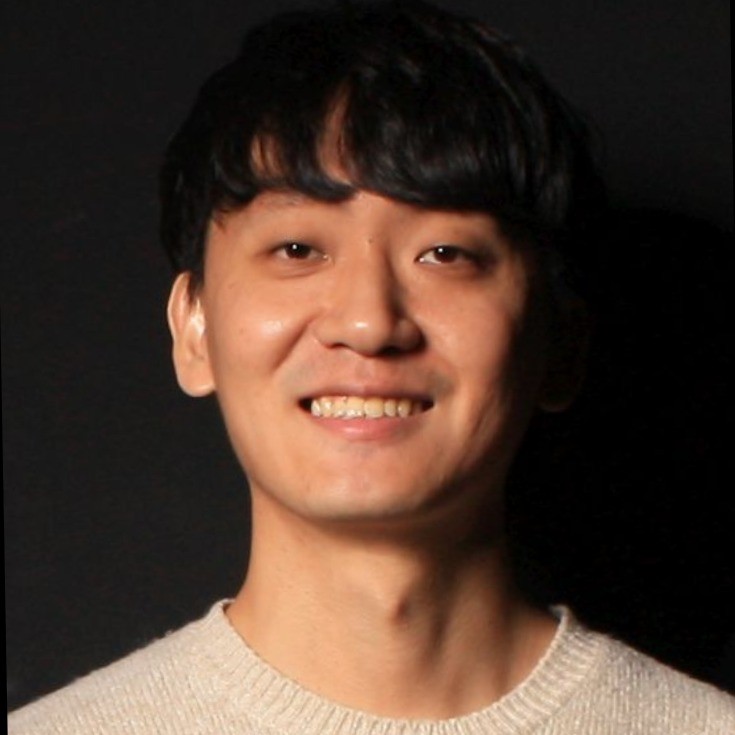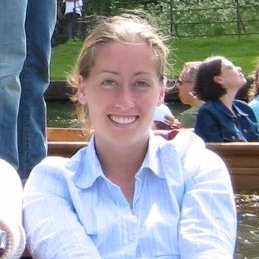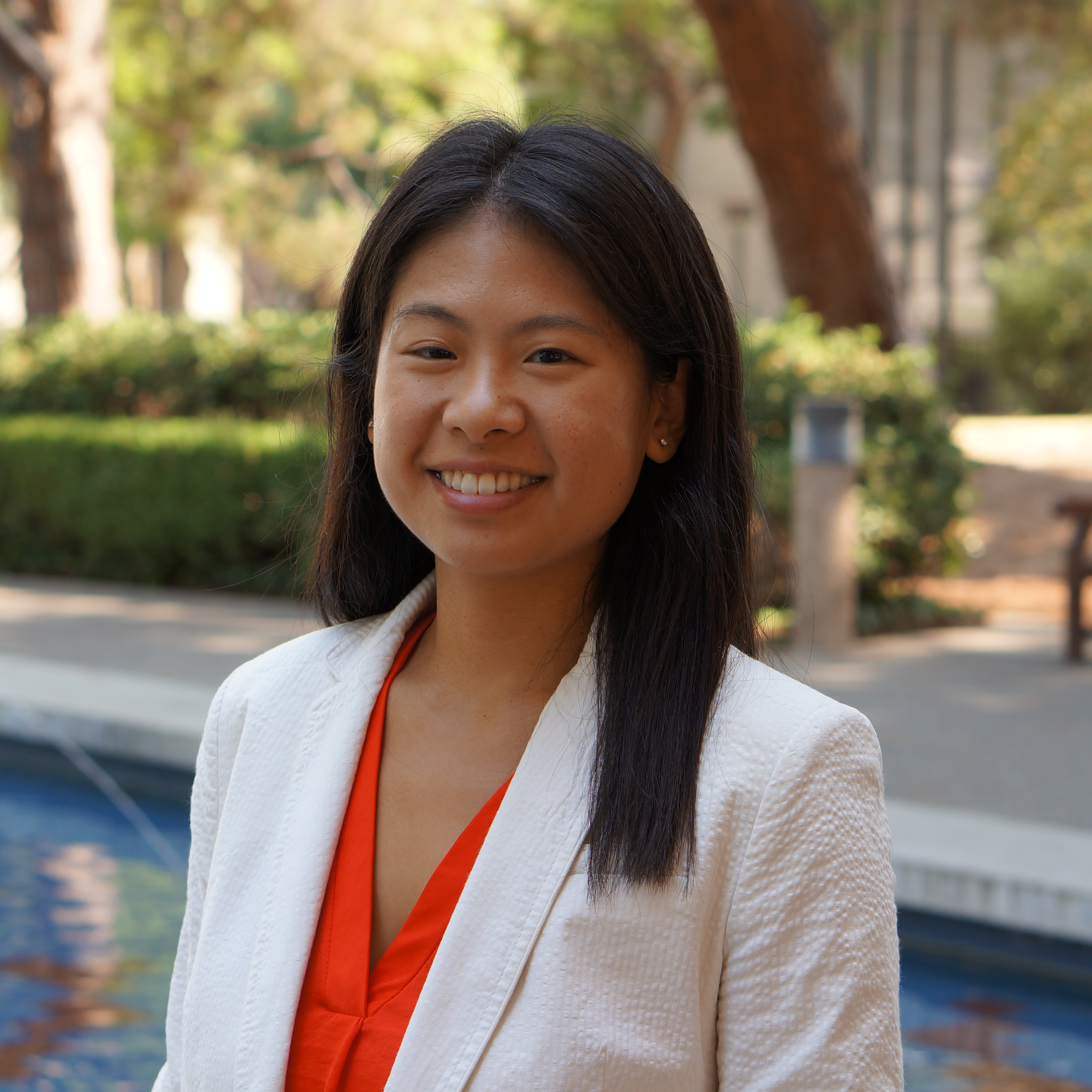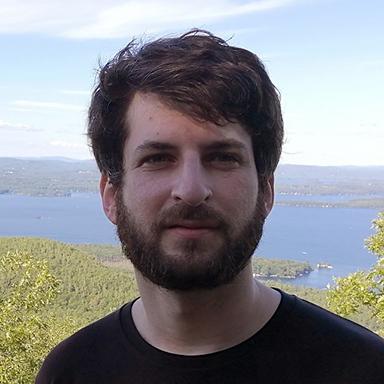Introduction
3D computer vision has become fundamental to technologies ranging from medical imaging to astronomy and from AR/VR to embodied intelligence. New sensors and imaging modalities like structured-light, time-of-flight, and light field microscopy are being developed to make 3D vision more tractable; but even with new types of sensor data, many problems in 3D vision tend to be ill-posed and hence to solve them we often rely on heuristics or data-driven priors. Unfortunately, these priors can fail in certain cases, especially for problems where ground truth data is not available, or for niche sensors where capturing large datasets is not feasible. A promising, but often overlooked, alternative is to incorporate knowledge of physics (e.g. physical light transport) into 3D computer vision algorithms, which can better constrain the solutions that they produce.
The goal of this workshop is to highlight work in 3D computer vision and imaging that makes use of physics-inspired modeling and physical-priors, showcasing their importance even with the prevalence of neural priors and big data. Examples include methods that apply physics-based approaches to inverse rendering, 3D microscopy, tomography, and light-in-flight imaging; or methods that combine such approaches with novel tools like neural radiance fields (NeRFs), 3D Gaussian Splatting (3DGS), and generative image/video models.
The goal of this workshop is to highlight work in 3D computer vision and imaging that makes use of physics-inspired modeling and physical-priors, showcasing their importance even with the prevalence of neural priors and big data. Examples include methods that apply physics-based approaches to inverse rendering, 3D microscopy, tomography, and light-in-flight imaging; or methods that combine such approaches with novel tools like neural radiance fields (NeRFs), 3D Gaussian Splatting (3DGS), and generative image/video models.
Schedule ⏰
| 13.45 - 13:50 | Opening remarks | |
| 13.50 - 14.20 | Laura Waller | |
| 14.20 - 14:50 | Gordon Wetzstein | |
| 14.50 - 16.00 | Poster Session, #144 - #163, ExHall D | |
| 16:00 - 16:30 | Berthy Feng | |
| 16:30 - 17:00 | Ioannis Gkioulekas | |
| 17:00 - 17:30 | Seung-Hwan Baek |
Accepted Posters 🖼️
We are excited to present the following accepted posters for our workshop poster session:
| Paper Title | Authors |
|---|---|
| Lay-A-Scene: Personalized 3D Object Arrangement Using Text-to-Image Priors | Hilit Segev, Ohad Rahamim, Idan Achituve, Yuval Atzmon, Yoni Kasten, Gal Chechik |
| Learning an Implicit Physics Model for Image-Based Fluid Simulation | Emily Yue-Ting Jia, Jiageng Mao, Zhiyuan Gao, Yajie Zhao, Yue Wang |
| Seeing the Wind from a Falling Leaf | Zhiyuan Gao, Jiageng Mao, Hong-Xing Yu, Haozhe Lou, Emily Yue-ting Jia, Jernej Barbic, Jiajun Wu, Yue Wang |
| Rapid wavefront shaping using an optical gradient acquisition | Sagi Monin, Marina Alterman, Anat Levin |
| DiffusionRenderer: Neural Inverse and Forward Rendering with Video Diffusion Models | Ruofan Liang, Zan Gojcic, Huan Ling, Jacob Munkberg, Jon Hasselgren, Zhi-Hao Lin, Jun Gao, Alexander Keller, Nandita Vijaykumar, Sanja Fidler, Zian Wang |
| 3D reconstruction with fast dipole sums | Hanyu Chen, Bailey Miller, Ioannis Gkioulekas |
| Generative Photography: Scene-Consistent Camera Control for Realistic Text-to-Image Synthesis | Yu Yuan, Xijun Wang, Yichen Sheng, Prateek Chennuri, Xingguang Zhang, Stanley Chan |
| RSR-NF: Neural Field Regularization by Static Restoration Priors for Dynamic Imaging | Berk Iskender, Sushan Nakarmi, Nitin Daphalapurkar, Marc L. Klasky, Yoram Bresler |
| Blurry-Edges: Photon-Limited Depth Estimation from Defocused Boundaries | Wei Xu, Charles James Wagner, Junjie Luo, Qi Guo |
| Focal Split: Untethered Snapshot Depth from Differential Defocus | Junjie Luo, John Mamish, Alan Fu, Thomas Concannon, Josiah Hester, Emma Alexander, Qi Guo |
| PBR-NeRF: Inverse Rendering with Physics-Based Neural Fields | Sean Wu, Shamik Basu, Tim Broedermann, Luc Van Gool, Christos Sakaridis |
| LumiNet: Latent Intrinsics Meets Diffusion Models for Indoor Scene Relighting | Xiaoyan Xing, Konrad Groh, Sezer Karaoglu, Theo Gevers, Anand Bhattad |
| Time of the Flight of the Gaussians: Optimizing Depth Indirectly in Dynamic Radiance Fields | Runfeng Li, Mikhail Okunev, Zixuan Guo, Anh Ha Duong, Christian Richardt, Matthew O'Toole, James Tompkin |
| Astro-UNETR: Segmenting Superbubbles in a Multiphase Interstellar Medium | Jing-Wen Chen, Mohamed Shehata, Alex Hill |
| Vysics: Object Reconstruction Under Occlusion by Fusing Vision and Contact-Rich Physics | Bibit Bianchini, Minghan Zhu, Mengti Sun, Bowen Jiang, Camillo J. Taylor, Michael Posa |
| NeST: Neural Stress Tensor Tomography by leveraging 3D Photoelasticity | Akshat Dave, Tianyi Zhang, Aaron Young, Ramesh Raskar, Wolfgang Heidrich, Ashok Veeraraghavan |
| Coherent Optical Modems for Full-Wavefield Lidar | Parsa Mirdehghan, Brandon Buscaino, Maxx Wu, Doug Charlton, Mohammad E. Mousa-Pasandi, Kiriakos N. Kutulakos, David B. Lindell |
| Blurred LiDAR for Sharper 3D: Robust Handheld 3D Scanning with Diffuse LiDAR and RGB | Nikhil Behari, Aaron Young, Siddharth Somasundaram, Tzofi Klinghoffer, Akshat Dave, Ramesh Raskar |
| Harnessing Hyperbolic Geometry for Depth Completion across Everyday Sensors | Jin-Hwi Park |









